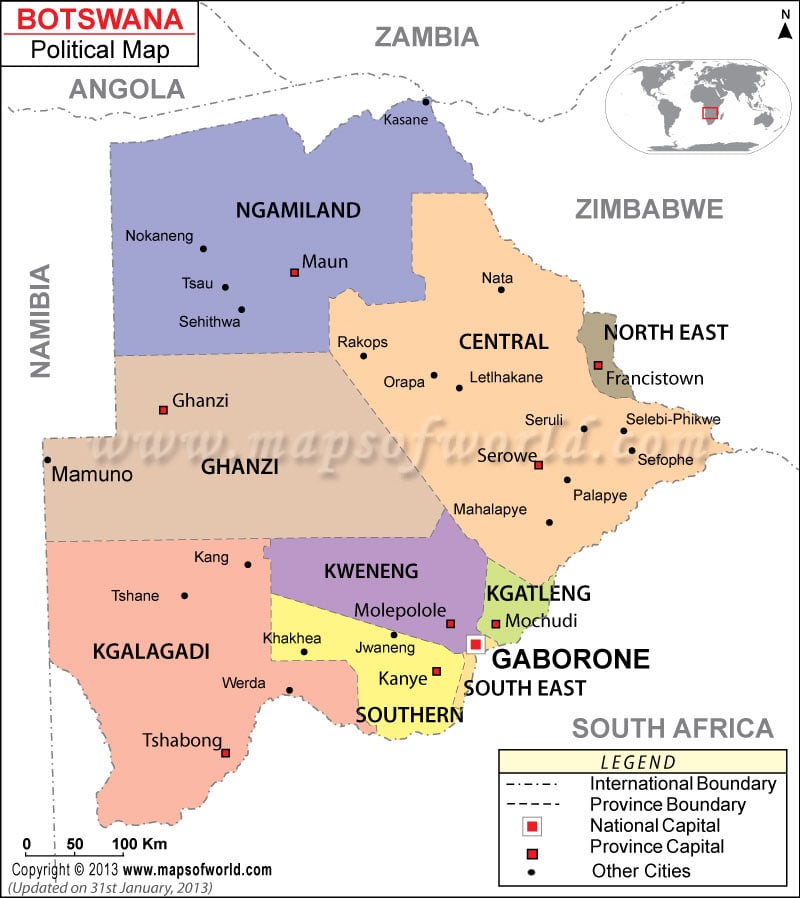Postal Zip Code For Zimbabwe

How can the answer be improved?
The ZIP in Zip code'ZIP' actually stands for Zone Improvement Plan, designed to improve mail sorting and delivery and make it more efficient. ZIP (Zone Improvement Plan) Code Like most innovations, ZIP Codes were not revolutionary but an evolutionary development of the WWII-era Zone program. The ZI P Code system built upon the 'zone' system established to designate smaller post offices or zones in larger population areas. Th zone program assigned 2-digit zone codes to delivery areas. You may have seen old stuff with 'Cleveland 44, Ohio' (for example) as the last line of the address. The 44 is the zone code and denotes a specific station or branch (local PO) in the Cleveland area. The ZIP Code program expanded the code to 5 digits and extended it nationwide.
Implemented by the U.S. Post Office Department in 1963, the ZIP Code uses a 5-digit code to identify the individual community post offices or, in large urban areas with multiple post offices, delivery stations in metropolitan areas associated with a given address. How a ZIP Code Works Specifically, the first digit identifies a geographic region area of the US from zero for the Northeast to nine for the far West (e.g., New England states begin with a '0,' NY/PA codes with '1,' FL/GA codes with '3' and CA/WA/OR codes begin with 9). The second and third digits designate a Sectional Center Facility (SCF) servicing population centers. The final two digits incorporate the old Zone number. So, suppose you live at or near Syracuse University in Syracuse, NY.
Your ZIP Code is 13210. Or, '1' New York, '32' SCF-Syracuse and '10' University postal station. Improvements to the ZIP Code - ZIP + 4 The 5-digit ZIP Code worked well, allowing the Post Office Department to handle mail volume that was growing at a rapid pace.
After 1963, the composition of the mail flow in the US changed. Up through the 1950s, the first class personal letter had been the dominant class of mail. Starting sometime in the 1960s, however, there were several changes in what was mailed in the US. Business letters came to dominate first class mail, and second class (newspapers and magazines) and bulk mail mail volume exploded. As mail volume grew, the now-private non-profit United States Postal Service (spun off and privatized in 1973) needed a better way to do more with less. In 1983, the USPS implemented the ZIP + 4 program, which expanded the 5-digit ZIP Code by adding another 4 digits. The ZIP + 4 program was intended for use primarily by second and bulk mailers preparing their outgoing mail with machine printed or bar code formats that can be read by USPS automated sorting machines.
How Zip + 4 Works The extra 4-digit added on to the regular ZIP Code identifies a geographic segment within the 5-digit delivery area, such as a city block, office building, or individual high-volume receiver of mail (e.g., the phone company bill center, the White House), or any other delivery location that would aid efficient mail sorting and delivery.
The ZIP in Zip code'ZIP' actually stands for Zone Improvement Plan, designed to improve mail sorting and delivery and make it more efficient. ZIP (Zone Improvement Plan) Code Like most innovations, ZIP Codes were not revolutionary but an evolutionary development of the WWII-era Zone program. The ZI P Code system built upon the 'zone' system established to designate smaller post offices or zones in larger population areas.

Th zone program assigned 2-digit zone codes to delivery areas. You may have seen old stuff with 'Cleveland 44, Ohio' (for example) as the last line of the address. The 44 is the zone code and denotes a specific station or branch (local PO) in the Cleveland area. The ZIP Code program expanded the code to 5 digits and extended it nationwide.
And of course, Paddy's fabulous voice. Regardless of his hardships, Paddy is too witty to be maudlin. And he has chosen some gems to record for this album. Prefab sprout wikipedia. There is no better songwriter in the UK than Paddy McAloon. So do yourself a favour and just go and buy it.
Implemented by the U.S. Post Office Department in 1963, the ZIP Code uses a 5-digit code to identify the individual community post offices or, in large urban areas with multiple post offices, delivery stations in metropolitan areas associated with a given address.
- суббота 18 мая
- 93